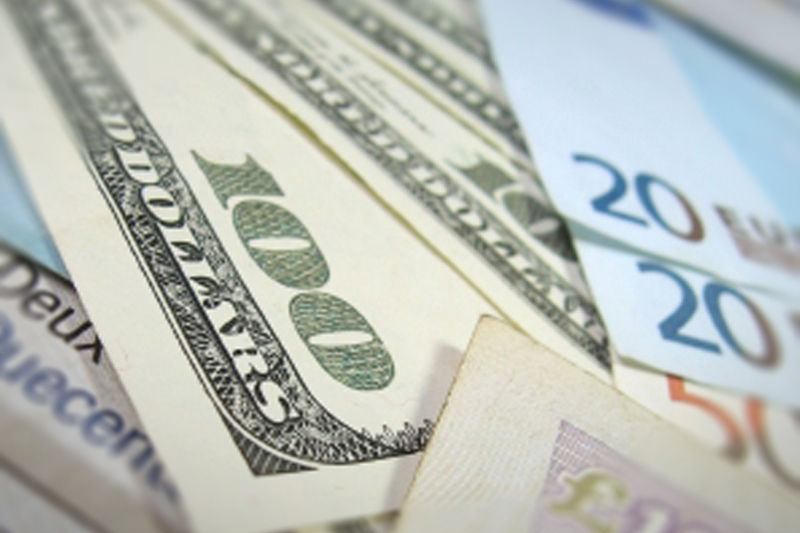Stock market today: S&P 500 closes higher as Amazon surges on strong Q3 results
Investing.com -- EUR/USD surged to its highest level for the month of September on Friday, as currency traders gear up for the possibility of divergent monetary policies on each side of the Atlantic as early as next week if the Federal Reserve raises interest rates at Thursday's FOMC meeting.
The currency pair traded in a broad range between 1.1255 and 1.1350, before settling at 1.1338, up 0.0058 or 0.51%. The euro has now closed higher against its American counterpart for seven consecutive sessions, to enjoy one of its longest winning streaks of the year. EUR/USD ended Friday's session at its highest closing level since August 25.
EUR/USD gained support at 1.1088, the low from Sept. 4 and was met with resistance at 1.1562 the high from Aug. 26.
On Friday morning, the U.S. Department of Labor's Bureau of Labor Statistics (BLS) said its headline Producer Price Index for August remained unchanged in August, following a 0.2% gain a month earlier. The reading came in substantially higher than low end of consensus estimates of a 0.6% decline.
Meanwhile, the Core PPI-FD, which strips out food and energy prices, ticked up by 0.3%, marking the third consecutive month of considerable gains. On a yearly basis, the core reading has increased by 0.9%, providing support to hawkish views for an imminent rate hike.
While the Federal Open Market Committee (FOMC) would like to see long-term inflation reach its targeted goal of 2% before it lifts its benchmark interest rate for the first time in nearly a decade, vice chair Stanley Fischer has indicated that the U.S. central bank could normalize policy before it reaches the threshold. Long-term inflation has remained under 2% in every month for the last three years.
Next week, the Labor Department will release the Consumer Price Index for August on Wednesday, which coincides with the start of the FOMC's two-day September meeting. The Fed's benchmark Federal Funds Rate has remained at its current level of zero to 0.25% since December, 2008. When the economy is growing at a high rate, the U.S. typically increases the Fed Funds Rate to encourage people to save more and spend less. As a result, the action is meant to slow the economy and reduce inflationary pressures.
On Thursday, Bank of Finland governor Erkki Liikanen, a member of the European Central Bank Governing Council, said the ECB was committed to continue making asset purchases as part of its €60 billion a month quantitative easing program until the end of September, 2016. The ECB started the comprehensive initiative in March in an effort to stimulate a flagging economy throughout the euro zone.
The spread between U.S. 10-Year Treasuries and German 10-Year Bunds slightly widened on Friday to 154 basis points, reaching a fresh three-week high. Bond yields on the U.S. 10-year fell three basis points to 2.19%, while yields on the Germany 10-year fell four basis points to 0.65%.
The U.S. Dollar Index, which measures the strength of the greenback versus a basket of six other major currencies, fell more than 0.40% on Friday to an intraday low of 95.11, its lowest level in more than a week. The index closed at 95.20, down 0.36 or 0.37%.
Which stock should you buy in your very next trade?
AI computing powers are changing the stock market. Investing.com's ProPicks AI includes dozens of winning stock portfolios chosen by our advanced AI.
Year to date, 3 out of 4 global portfolios are beating their benchmark indexes, with 98% in the green. Our flagship Tech Titans strategy doubled the S&P 500 within 18 months, including notable winners like Super Micro Computer (+185%) and AppLovin (+157%).
Which stock will be the next to soar?
